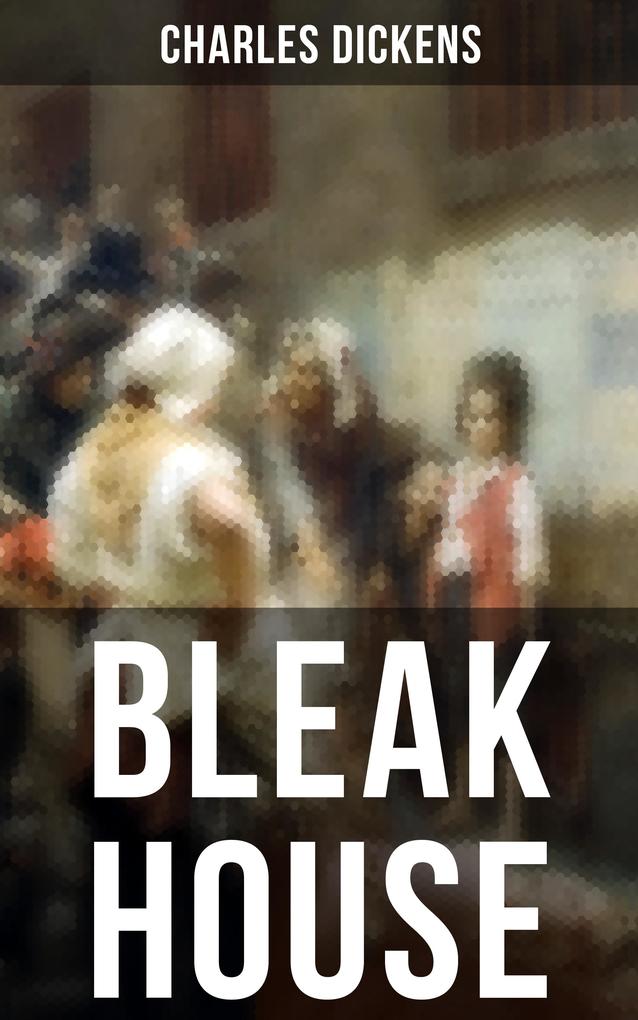
Sofort lieferbar (Download)
In Charles Dickens' novel, Bleak House, readers are immersed in a complex narrative that weaves together multiple storylines centered around the Jarndyce and Jarndyce legal case, exploring themes of injustice, class struggle, and the corruption of the legal system in Victorian England. Dickens' signature style of social critique and rich character development shines through in this novel, as he meticulously depicts the lives of both the upper-class aristocrats and the lower-class working poor. The novel's unique narrative structure, alternating between a third-person omniscient narrator and the first-person perspective of protagonist Esther Summerson, adds depth and nuance to the storytelling. Bleak House stands as a literary masterpiece that continues to resonate with readers today, showcasing Dickens' profound understanding of human nature and societal issues. For those interested in Victorian literature, social commentary, and intricate plotlines, Bleak House is a must-read that delves into the complexities of 19th-century Britain with unparalleled insight and compassion.
Produktdetails
Erscheinungsdatum
16. Oktober 2017
Sprache
englisch
Seitenanzahl
2106
Dateigröße
9,62 MB
Autor/Autorin
Charles Dickens
Illustrationen
Hablot Knight Browne
Verlag/Hersteller
Kopierschutz
mit Wasserzeichen versehen
Family Sharing
Ja
Produktart
EBOOK
Dateiformat
EPUB
ISBN
9788027225163
Entdecken Sie mehr
Bewertungen
0 Bewertungen
Es wurden noch keine Bewertungen abgegeben. Schreiben Sie die erste Bewertung zu "Bleak House" und helfen Sie damit anderen bei der Kaufentscheidung.









